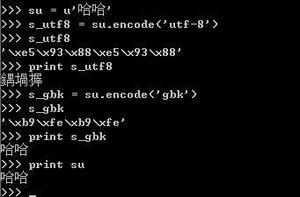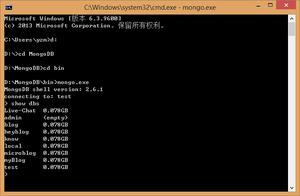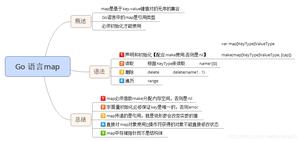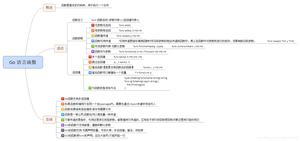python算法插入排序算法

插入排序的基本概念:有一个已经有序的数据序列,要求在这个已经排好的数据序列中插入一个数,但要求插入后此数据序列仍然有序,这个时候就要用到一种新的排序方法——插入排序法,插入排序的基本操作就是将一个数据插入到已经排好序的有序数据中,从而得到一个新的、个数加一的有序数据,算法适用于少量数据的排序,时间复杂度为O(n^2)。是稳定的排序方法。插入算法把要排序的数组分成两部分:第一部分包含了这个数组的所有元素,但将最后一个元素除外,而第二部分就只包含这一个元素。在第一部分排序后,再把这个最后元素插入到此刻已是有序的第一部分里的位置
python;toolbar:false;"># -*- encoding: utf-8 -*-def insertion_sort(iterable, cmp=cmp):
"""插入排序,伪码如下:
INSERTION-SORT(A)
1 for j ← 2 to length[A] // 从第二个数开始
2 do key ← A[j] // 该数作为待排序的数
3 ▷ Insert A[j] into the sorted sequence A[1..j-1]. // 将key插入已排序子数组
4 i ← j-1 // key前一位索引
5 while i > 0 and A[i] > key // 前一位存在且大于key时
6 do A[i+1] ← A[i] // 后移一位
7 i ← i-1 // 索引再向前一位
8 A[i+1] ← key // 直到前一位不存在或<=key了,key插入
T(n) = θ(n^2)
Args:
iterable (Iterator): 可迭代对象。
cmp (Function): 比较函数。默认为内建函数cmp()。
Returns:
一个排序后的列表。
"""
if (iterable == None):
return None
lst = [] # 结果列表
length = len(iterable)
for key in iterable:
i = len(lst) # 列表长度
# 从末尾往前与key比较,直到不大于key
while i > 0 and cmp(lst[i-1], key) > 0:
i = i - 1
lst.insert(i, key); # i处插入key
return lst
if __name__ == "__main__":
import random, timeit
items = range(10000)
random.shuffle(items)
def test_sorted():
print(items)
sorted_items = sorted(items)
print(sorted_items)
def test_insertion_sort():
print(items)
sorted_items = insertion_sort(items)
print(sorted_items)
test_methods = [test_sorted, test_insertion_sort]
for test in test_methods:
name = test.__name__ # test.func_name
t = timeit.Timer(name + "()", "from __main__ import " + name)
print(name + " takes time : %f" % t.timeit(1))
以上是 python算法插入排序算法 的全部内容, 来源链接: utcz.com/z/524279.html









